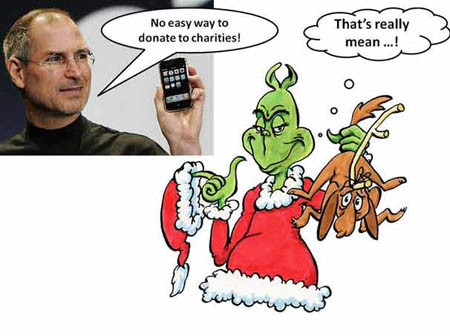Why are some Twitter users so effective at getting your attention while others fall flat? What can you do to make your tweets stand out in a crowded feed? By taking the time to reflect on some of the engagement techniques you see cropping up amongst your fellow Tweeps, you can invent your own ways to harness the power of Twitter for your organization. The Technology in the Arts team thought it might be fun to highlight a handful of our favorite Twitter users from the arts sector. Check out these Twitter streams to see illustrations of successful, interesting, and unique ways to use the platform ...
My favorites:
@SFMOMA I love the tone of San Francisco MOMA’s tweets – they do a great job of blending humor with behind-the-scenes photos, museum happenings, and random things like wacky art historical facts. They actively participate in dialogue with not only other orgs but also their Twitter audience - and sometimes they even project their audience’s Tweets on their museum walls…now that’s some serious tweet integration.

@TheSoapFactory With a staff of only five people, this Minneapolis nonprofit gallery proves that small organizations can make a big impact via Twitter. Their tweets are conversational, friendly and often funny – and they actively tweet their support & enthusiasm for local arts happenings and the artists they work with. @TheSoapFactory loves shout outs, and always takes the time to publicly say “thank you” to volunteers and interns in their tweets. Their warmth and graciousness on Twitter creates a personal connection with their audience – which goes a long way in the tweetosphere, despite their relatively small size.

@yokoono With nearly 1.9 million followers, Yoko’s got a worldwide Twitter audience, and she keeps them engaged in a variety of innovative ways that other artists and arts organizations can learn from. Each week, she posts a series of responses to questions that are tweeted to her – showing that she really cares about engaging in dialogue with her fans. Her own tweets are powerful in their simplicity and she’s always got a positive message to share. She encourages followers to participate by creating their own positive messages, too: the Imagine Peace Tower, an art installation located in Iceland, lights up a few weeks each year with tweeted "wishes" related to peace and love. So far, over 1.3 million wishes have been sent via @IPTower, and it's happening now through March 26.

Amelia's favorite:
@SUEtheTrex at Chicago's Field Museum. "Hi. I'm Sue, I'm a Leo, I like meat, Chicago, the movie Jurassic Park, and what else? Oh yeah, I'm the world's greatest apex predator." This tagline says it all about Sue the T-Rex--she's sassy, hilarious, and about 2 million years old. That doesn't stop her from having conversations with present-day life forms, tweeting about current events--everything from Thanksgiving to Women's History Month--and educating about the T-Rex. A great example of employees personalizing an institution.

David's favorites:
@artfulmanager Andrew Taylor, author of the Artful Manager blog and Director of University of Wisconsin’s MBA in Arts Administration, always provides great resources for arts managers. His retweets tend to pull from sources that I may not be following – which opens me up to new content that I might not otherwise stumble upon.

@travisbedard Travis Bedard, Artistic Director of Austin’s Cambiare Productions theatre company, provides a great combination of humor and informative posts from the theatre community.

@Brandinyourhand International arts consultant Roger Tomlinson always offers thoughtful information and insights from across the Pond.

@JamesUrbaniak New York stage, screen and voice actor James Urbaniak is a subversive pleasure. Witty, sarcastic and irreverent – a wonderful 140-characters-or-less chucklefest.

Tom's favorites:
@MuseumNext is one of my favorite sources for finding out not just what is going on with museums now, but in the future as well. Through their blog, publications and their conference, MuseumNext highlights the ways museums are using technology to become more participatory and engaging for audiences. Plus, these are the folks that brought us the wildly popular twitter campaigns Ask a Curator, Follow a Museum and most recently Picture a Museum Day.

@MuseumNerd Oh, the Museum Nerd. That Brooklyn-based lover of all things art. Museum Nerd is an anonymous persona who tweets about his/her experiences as they weave through different exhibits. Besides the color commentary, Museum Nerd is great at engaging both visitors and museums on Twitter while exploring exhibits and other art world happenings.

@NancyProctor The Head of Mobile Strategy and Initiatives for the Smithsonian Institution, I feel like Nancy Proctor is the Queen of museum mobile tech on Twitter. I check her feed for the latest developments in museum mobile tech, thoughts on best practices and to find who is experimenting and how. You can usually find her dropping some mobile tech knowledge with the hashtags #mtogo and #simobile.

Tara's favorite:
@atane Atane O. is one of my favorite music and audiophile nerds to follow on Twitter. He's currently a blogger for the Elements of Jazz blog, and always has cool pictures, videos and music clips to share via his Twitter stream. He also has an amazing vinyl collection (and great turntables!).

Now, it's your turn: who do YOU love on Twitter, and why?






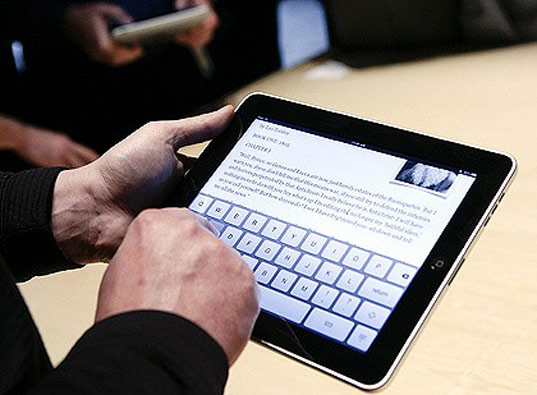 Mobilizing the Arts - Engaging Audiences Through the Mobile WebThursday, March 31, 2011
2:00pm - 3:30pm Eastern
Mobilizing the Arts - Engaging Audiences Through the Mobile WebThursday, March 31, 2011
2:00pm - 3:30pm Eastern
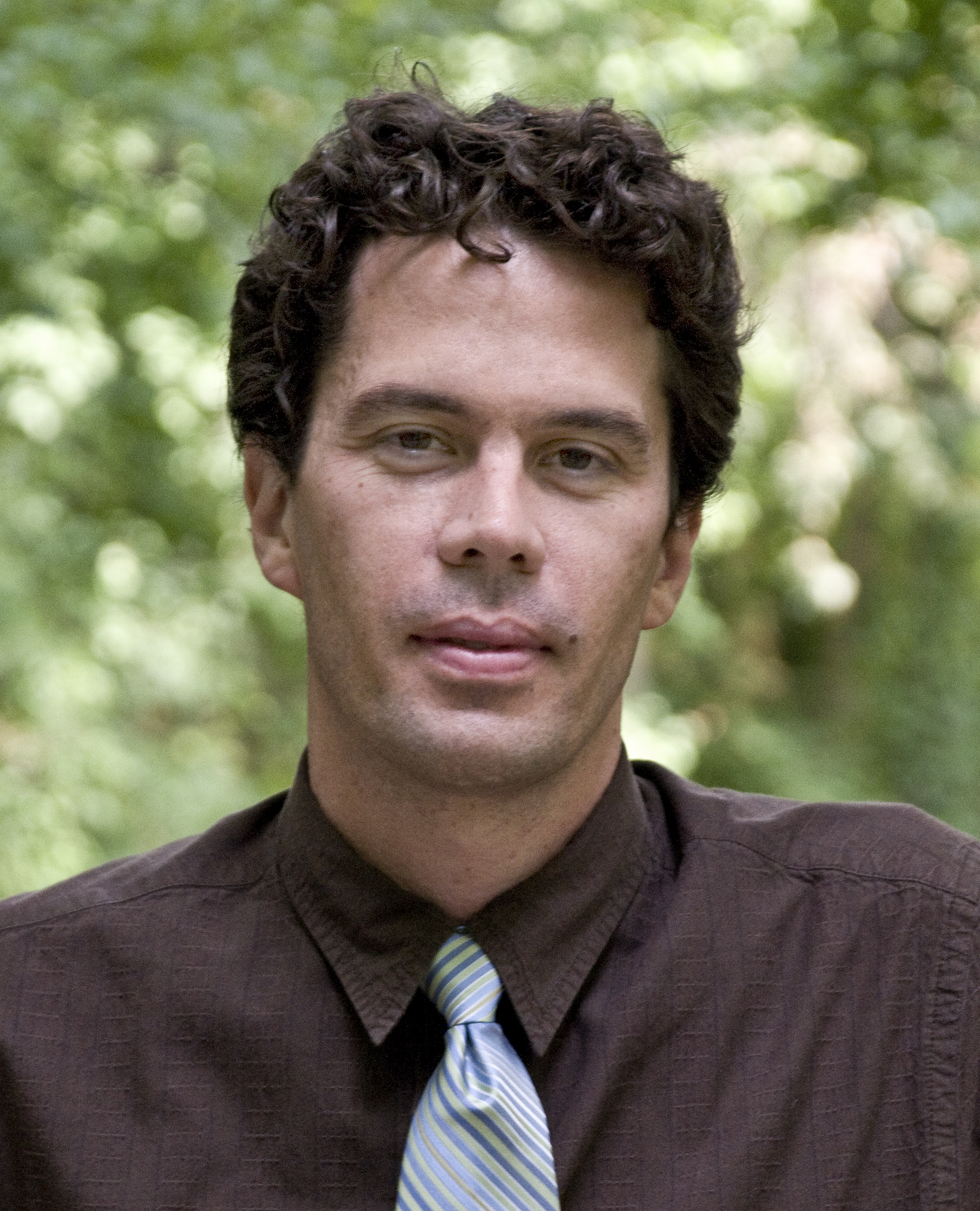 Making the arts a more participatory experience is an exciting idea being developed by many arts organizations across the globe. Visitors to some institutions can now digitally tag artwork with their own unique descriptions or add photos of themselves to a community Flickr pool. Taking the role of participation even further, some organizations are turning to
Making the arts a more participatory experience is an exciting idea being developed by many arts organizations across the globe. Visitors to some institutions can now digitally tag artwork with their own unique descriptions or add photos of themselves to a community Flickr pool. Taking the role of participation even further, some organizations are turning to 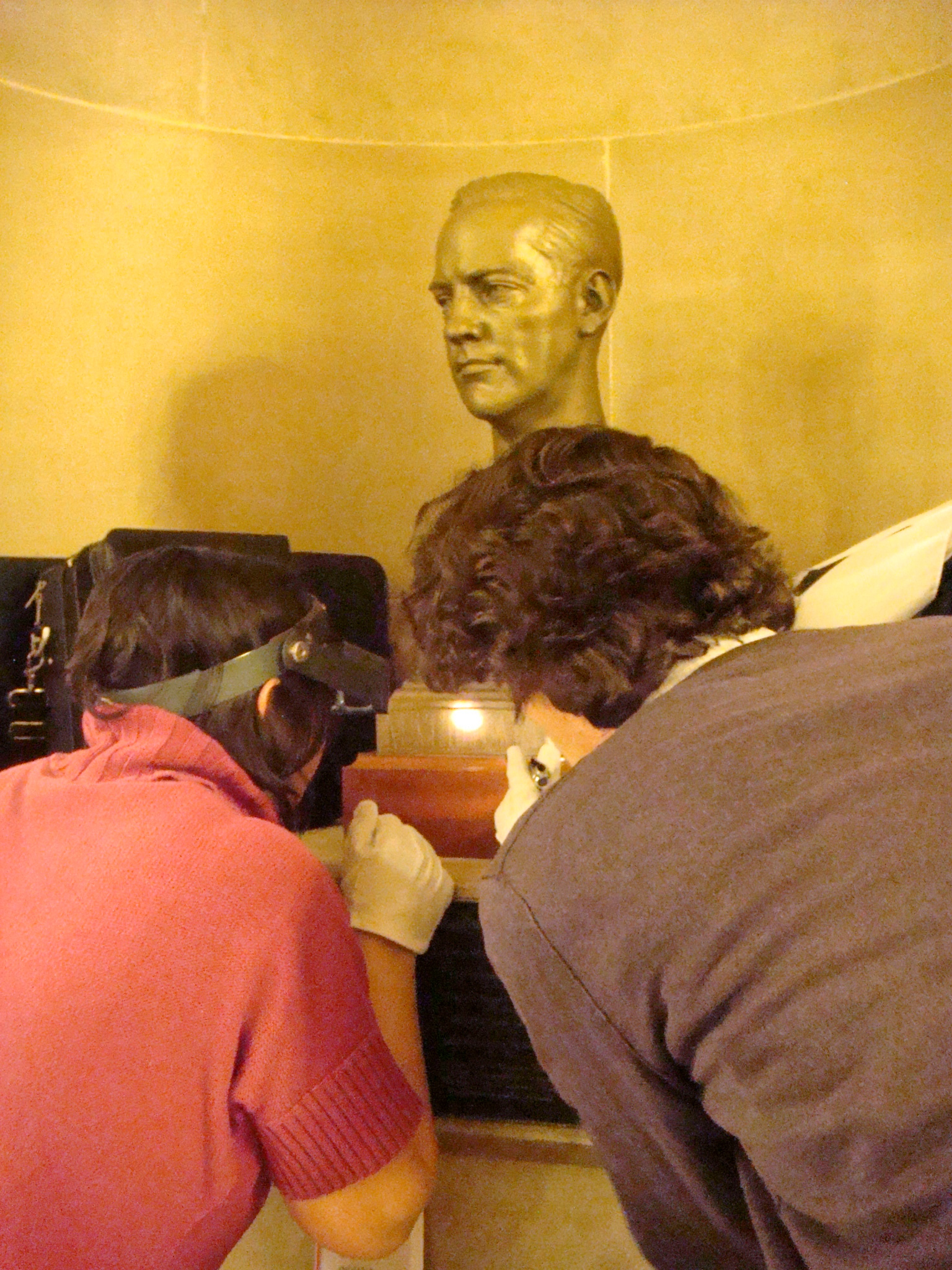
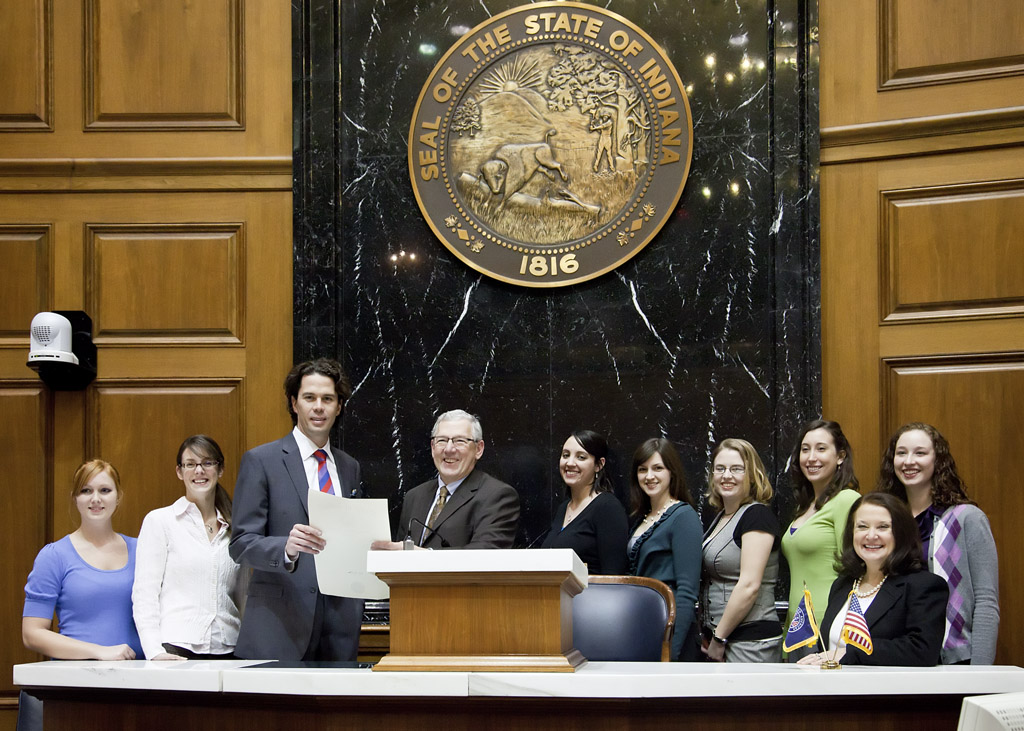
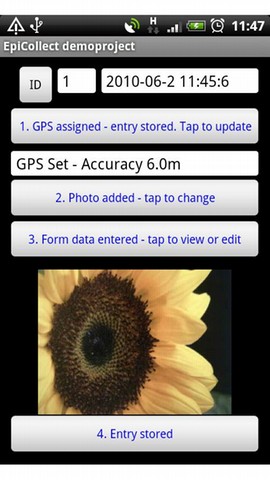

 Our friends at
Our friends at 
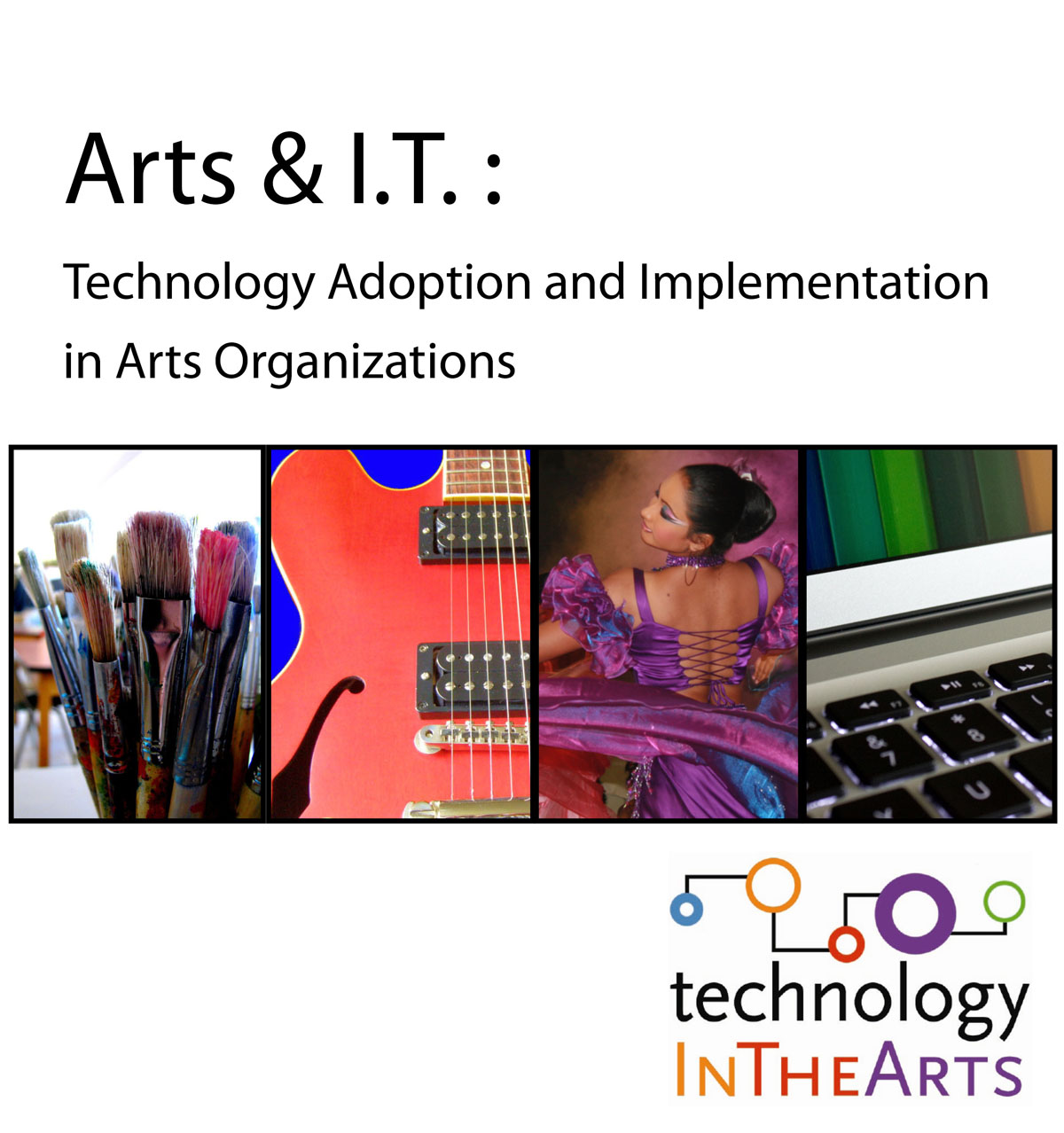
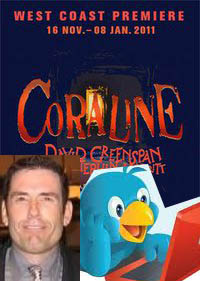 Earlier this year, the
Earlier this year, the 